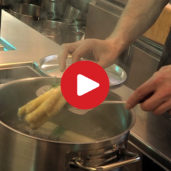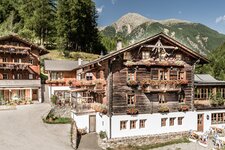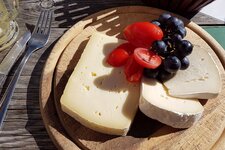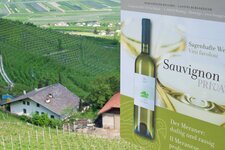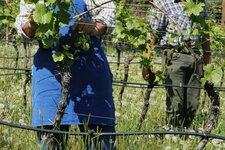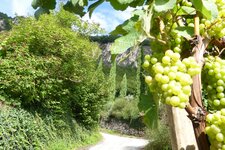Wines in Italy are protected by the designation of origin D.O.P. or D.O.C. (Denominazione di Origine Protetta / Controllata)
Image gallery: D.O.P. and Autochthonous
So that you know if you are drinking a high-quality South Tyrolean wine, the grape juice is labelled with a high-quality designation of origin. In Italy, it has been called D.O.C. (Denomination of Controlled Origin). The title, introduced in 1963, was adapted in 1992. Since 2009, also D.O.P. (Denominazione di Origine Protetta, Designation of Protected Origin) can be used. This title is also applied to other foods, such as the Stelvio cheese, a South Tyrolean mountain cheese.
The protected origin is the geographical name of the wine-growing region, e.g. South Tyrol or Lake Caldaro. It also specifies how high the yield per hectare may be, and which grape varieties are permitted. In this way, the good drop is visibly controlled and protected. There is also often talk of autochthonous (Greek autós, self, and chthōn, earth) grape varieties.
These are long-established indigenous grape varieties that are rooted here. Autochthonous varieties have their origins in a particular wine-growing area, such as Gewürztraminer and the red wine varieties Lagrein and Schiava on the South Tyrolean Wine Road. Other grape varieties already indicate this in their name, such as the South Tyrolean Muscat Rose, which has its origin in South Tyrol and can therefore easily be assigned. "Autochthonous" and "D.O.P." are important indicators of the origin and quality of individual wines and grape varieties.

